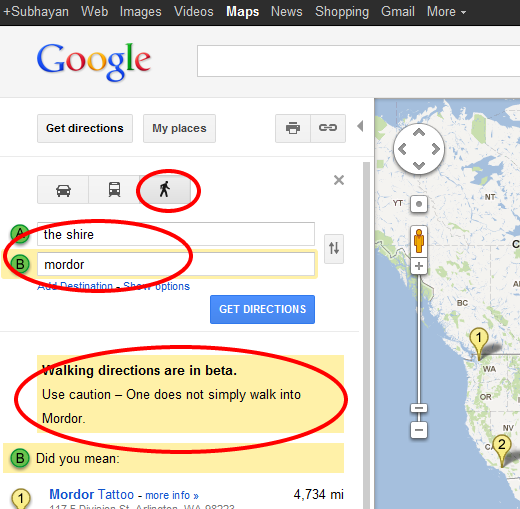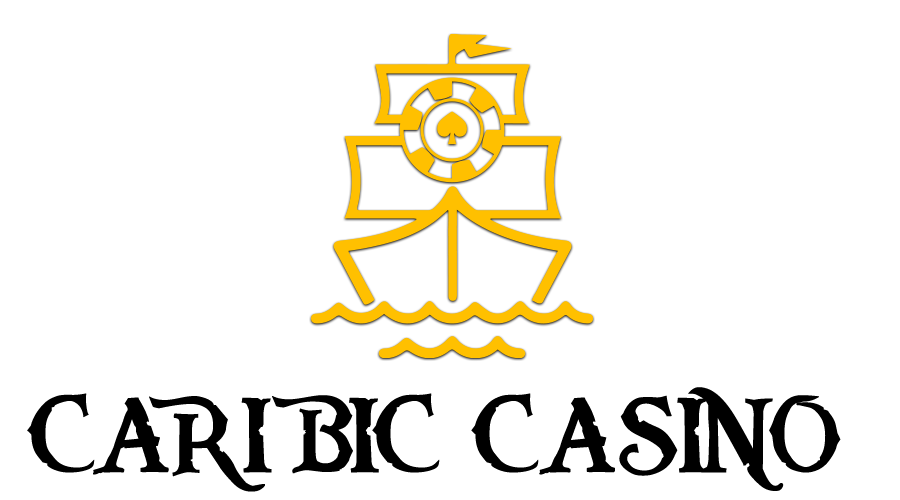 When talking about an Easter egg in technology, the term refers to something that has generally been hidden away from the central aspects of the software. Easter eggs may be found by an eagle-eyed person on the lookout for them, or are sometimes even come across completely by accident. Either way, Easter eggs have become increasingly popular, so much so that they are all but expected to be present in specific online sectors.
When talking about an Easter egg in technology, the term refers to something that has generally been hidden away from the central aspects of the software. Easter eggs may be found by an eagle-eyed person on the lookout for them, or are sometimes even come across completely by accident. Either way, Easter eggs have become increasingly popular, so much so that they are all but expected to be present in specific online sectors.
In video games Easter eggs are often little jokes, references to other games, references to popular culture, or sometimes even just a little nod from the developers themselves. Easter eggs are present in almost all software, including Google Maps and Google Search and some are far more obvious than others. They are also potentially hidden in online casino games or sites and other forms of online entertainment, and there’s no limit to where they may crop up.
Origins Of Easter Eggs
The term Easter egg, in relation to software, was first used back 1979. At the time Atari systems did not credit any of its programmers, mostly due to fear that other developers would steal their best employees. The programmer of the game Adventure did not like this much, and was determined to get credit for his work, even if it meant slipping his name into the game against the wishes of his employers.
On a specific screen in the game, if the player moves the game character on space in a specific direction, a message appears that reads Created by Warren Robinett. It is speculated that Warren likely did not expect that the message would be discovered, or at least not for a very long time. It was discovered, however, and the person finding the message wrote to Atari about it. Atari were initially none too impressed by the incident, but quickly realised that the hidden message was generating a lot of publicity for the game. So, instead of removing the message, Atari encouraged others to do the same.
Advancement Of Easter Eggs
Following the incident with Warren and Atari, Easter eggs began to turn up everywhere. In most cases the additions were minor, and took very little time to create, but later, vastly more complicated Easter eggs began to turn up in games.
In the 1993 game Age of Empires, it was possible to trigger an Easter egg that changed catapult projectiles from rocks into cows, while in the cult classic game Day of the Tentacle it was possible to access an entire game within the game. Sharp players who interacted with an in-game computer screen were able to play Maniac Mansion, the original version of the game from years earlier. The entire game could be completed from start to finish.
These early Easter eggs were, however, more the work of programmers having a bit of fun. In more recent times, however, Easter eggs are considered to be part of the development process of the game, and specifically added to create a buzz and attract attention.
Easter Eggs Across the Web
Beyond games, a number of Easter eggs exist in software, often where a person would not expect to encounter them. Google, for example, is well known for adding Easter eggs to their software, on a much more frequent scale than other software companies.
In Google Chrome, if a user encounters a “Network error” page, pressing space will start a mini-game. The game involves a little dinosaur running from left to right. The player can jump the dinosaur over obstacles. In Google Maps, if the starting location is set to “the Shire,” and the destination as “Mordor,” the directions given will be “One does not simply walk into Mordor.”
There are a number of other Google Easter eggs that can, aptly, be found by Googling them and users can have great fun spotting the more obvious ones, or seeking out those that have been better hidden.







 When talking about an Easter egg in technology, the term refers to something that has generally been hidden away from the central aspects of the software. Easter eggs may be found by an eagle-eyed person on the lookout for them, or are sometimes even come across completely by accident. Either way, Easter eggs have become increasingly popular, so much so that they are all but expected to be present in specific online sectors.
When talking about an Easter egg in technology, the term refers to something that has generally been hidden away from the central aspects of the software. Easter eggs may be found by an eagle-eyed person on the lookout for them, or are sometimes even come across completely by accident. Either way, Easter eggs have become increasingly popular, so much so that they are all but expected to be present in specific online sectors.












